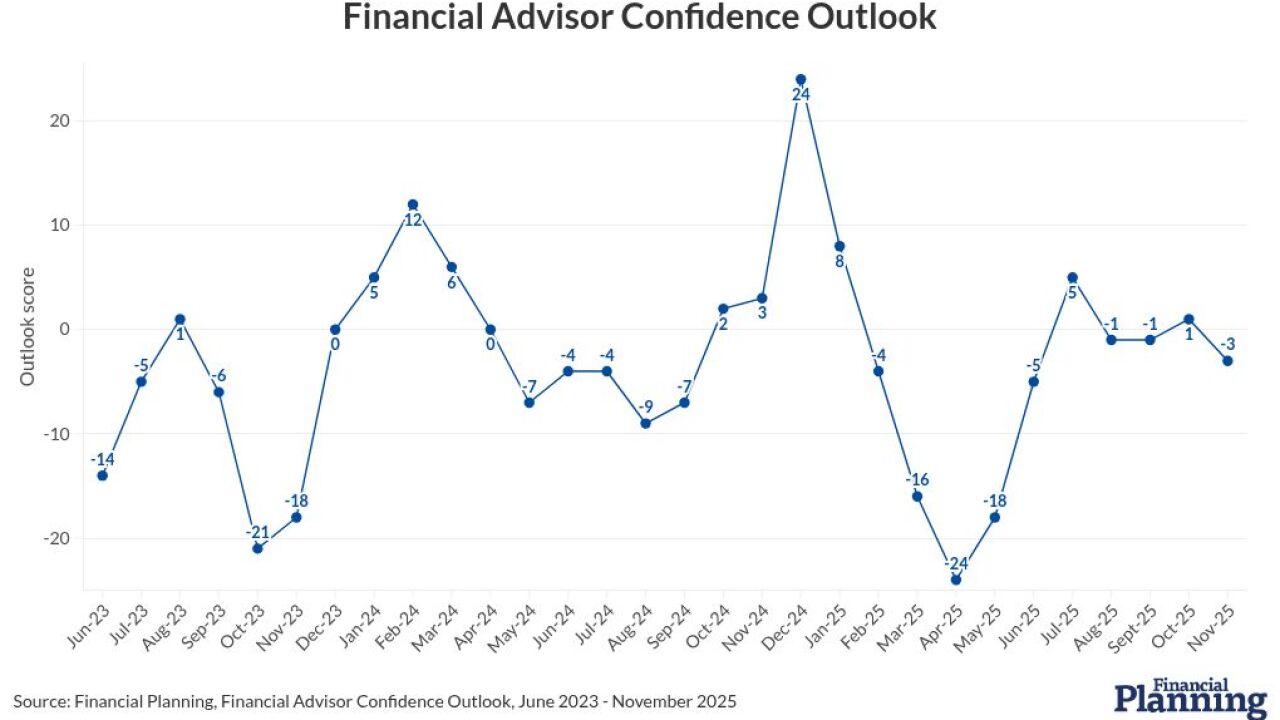Investors withdrew $5 billion from U.S. stock and bond long-term funds in September, Strategic Insight reports. This was a “significant improvement” from August, when open-end and closed-end mutual funds (excluding ETFs and VA sub-accounts) were hit with $33.6 billion in outflows following the downgrade of the U.S. debt rating.
For the third quarter, redemptions totaled $55 billion, essentially negating the $51 billion in inflows in the second quarter. The third quarter was the worst quarter for long-term funds since Q408, when outflows totaled $187 billion.
For the first nine months of the year, long-term funds have experienced net inflows of $84 billion—with $37 billion being taken out of U.S. stock funds, international stock funds reaping $49 billion, and bond funds receiving $72 billion in assets.
Money certainly followed performance in the third quarter, when the S&P 500 Index fell 13.9%. In September alone, the S&P 500 fell 7%, and investors accordingly pulled $15 billion from U.S. equity funds. International and global equity funds, on the other hand, took in nearly $6 billion in September, while bond funds took in nearly $5 billion.
“Months of market volatility have left U.S. fund holders feeling more pessimistic,” said Avi Nachmany, director of research at Strategic Insight. “Risk aversion, as seen in the weak demand for U.S. equity funds, will be a persistent theme among investors. We therefore expect demand for certain individual actively managed U.S. equity funds that offer downside protection, risk controls or tactical flexibility.”





